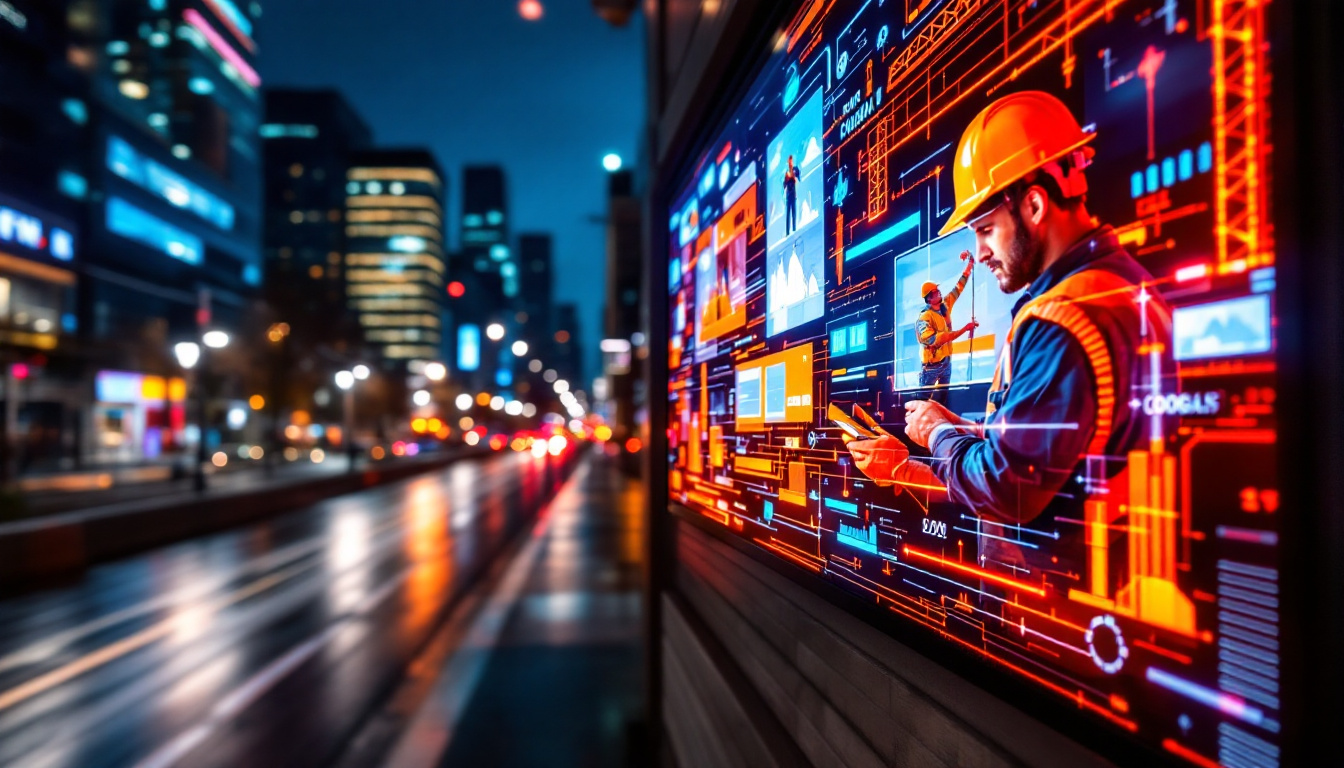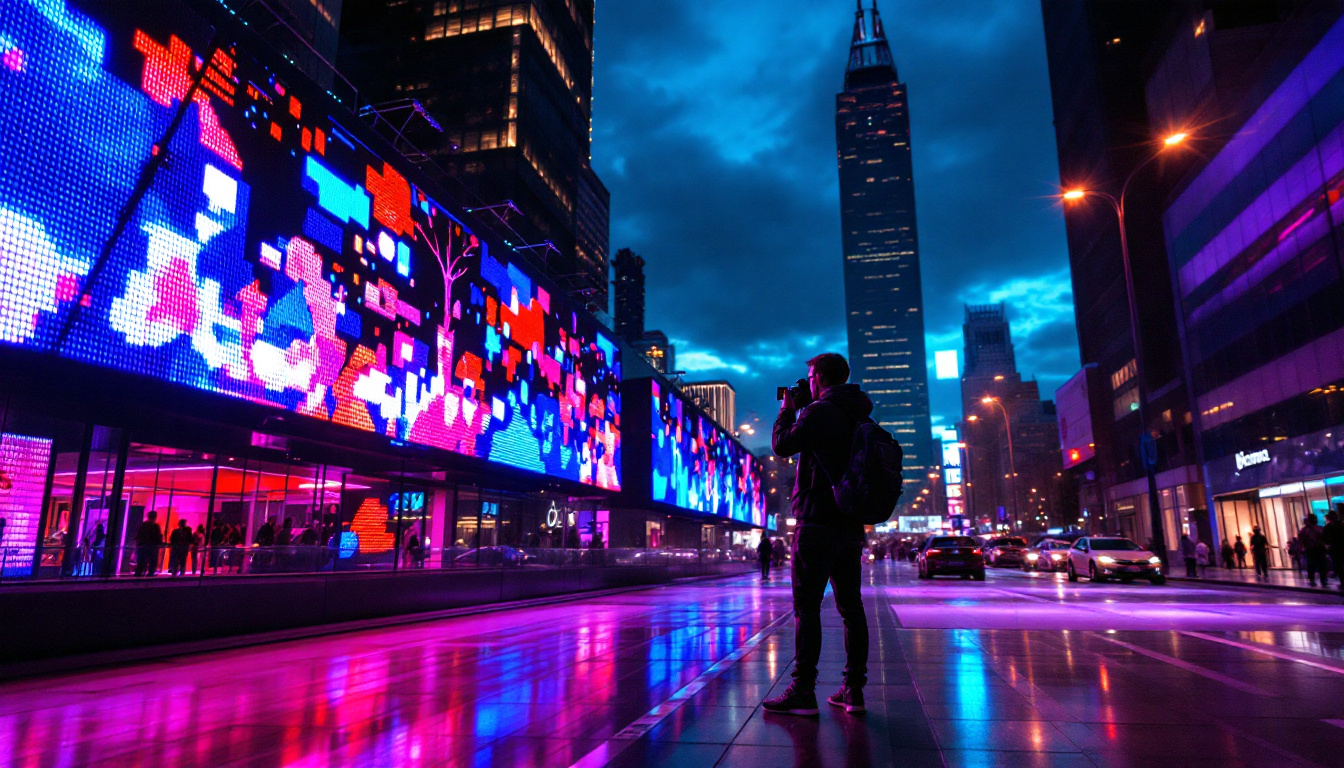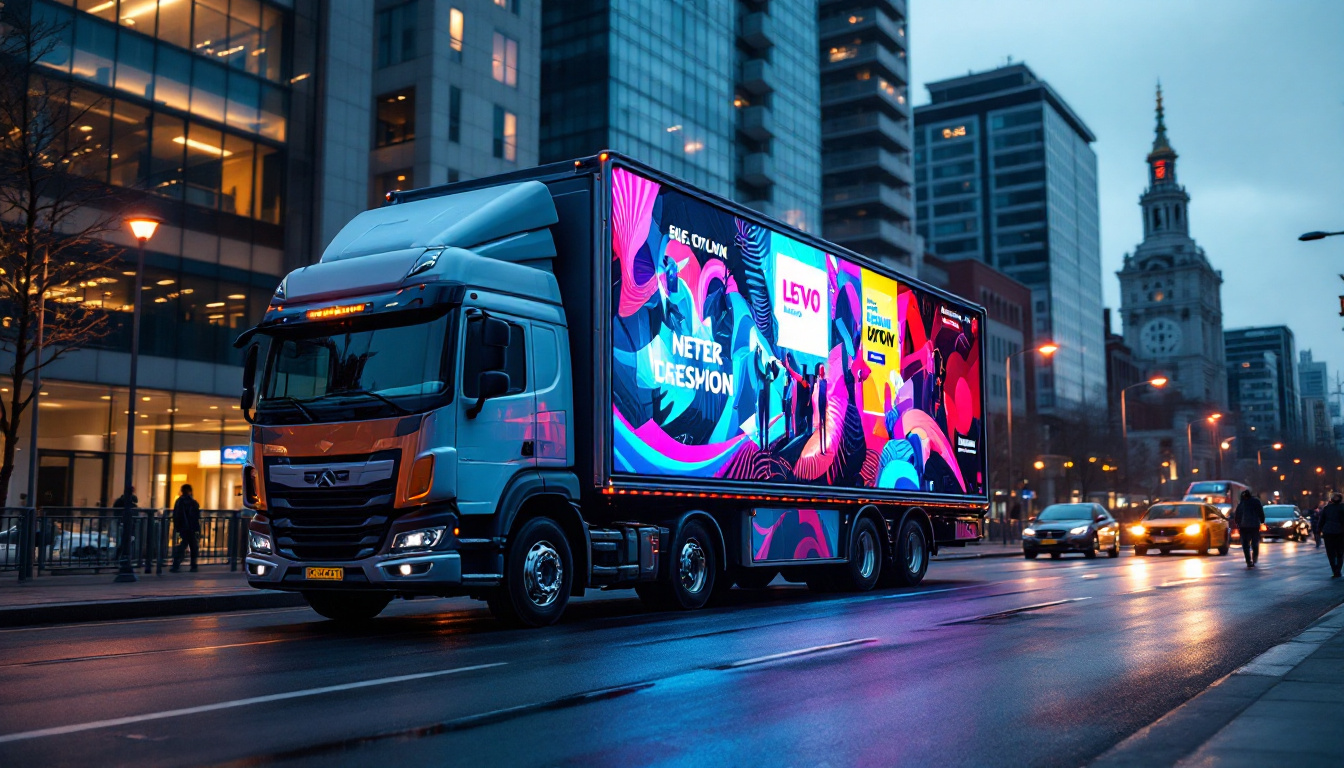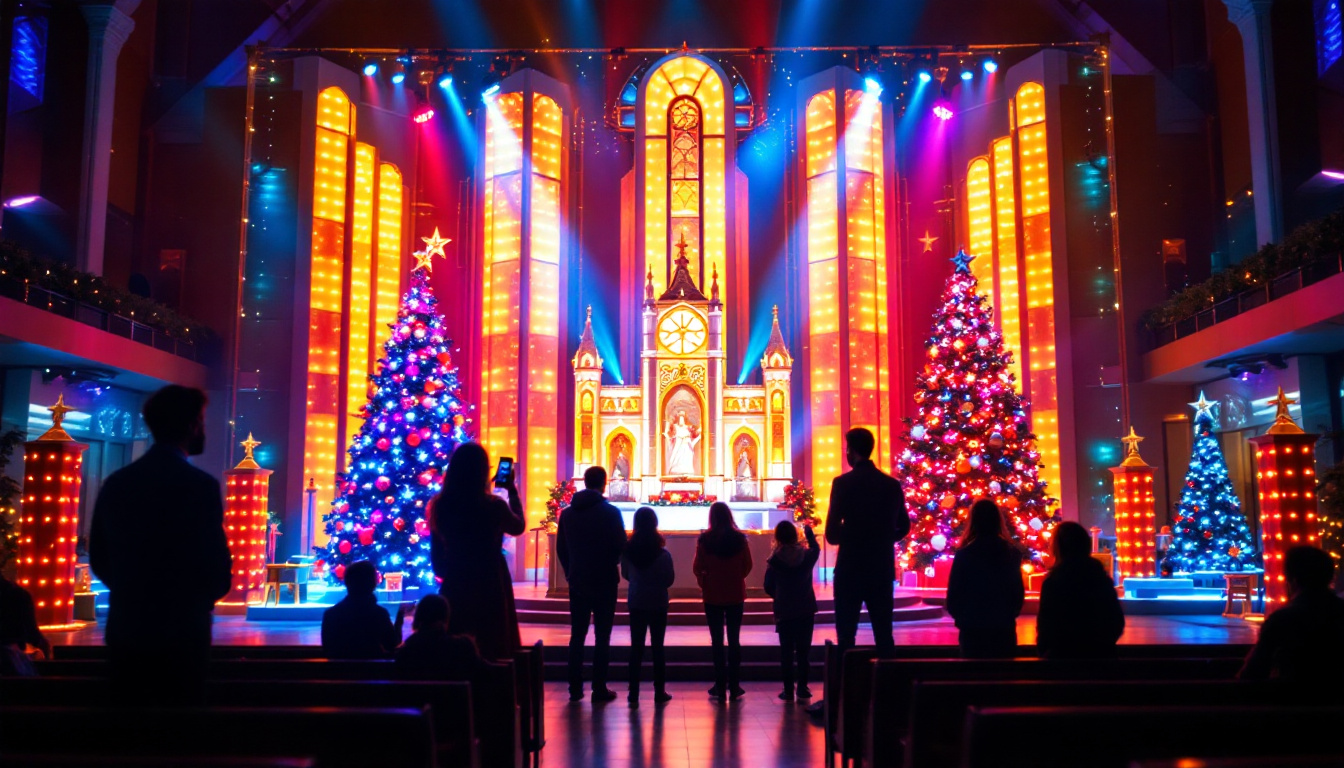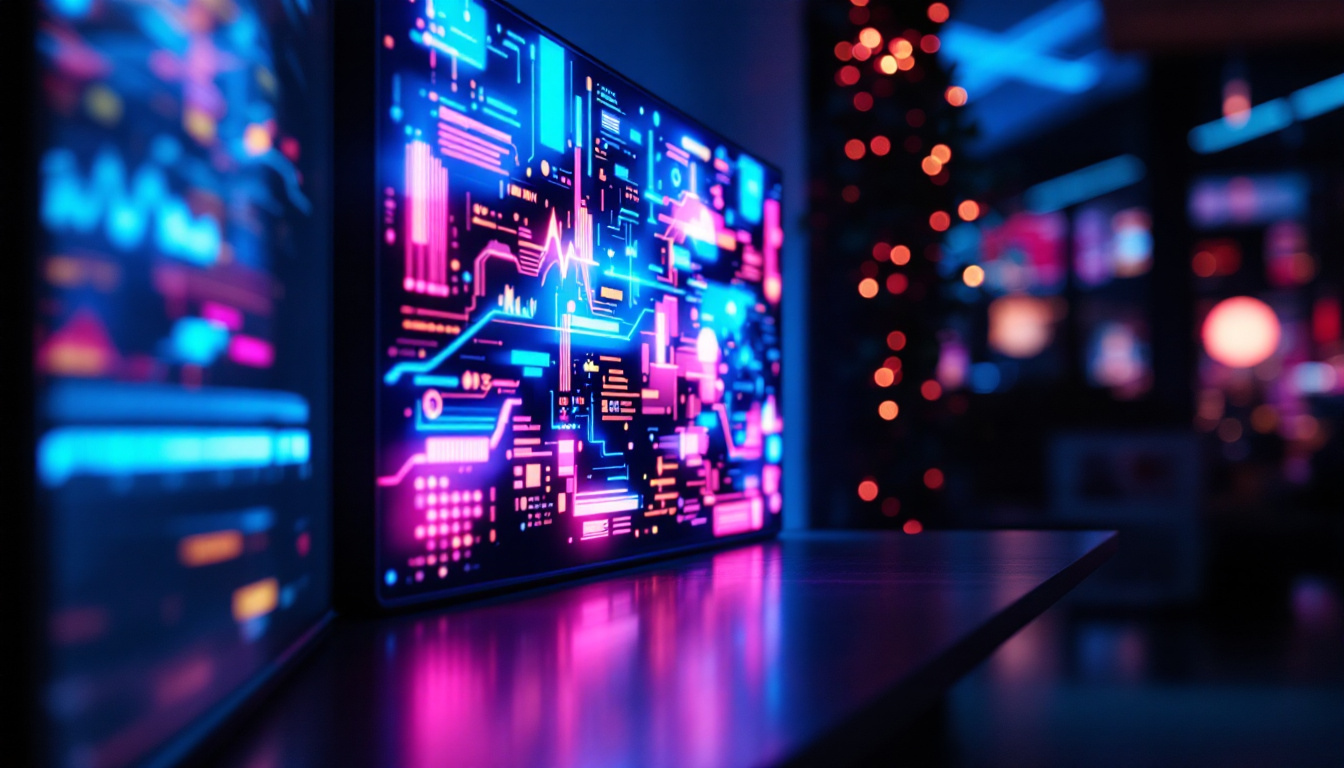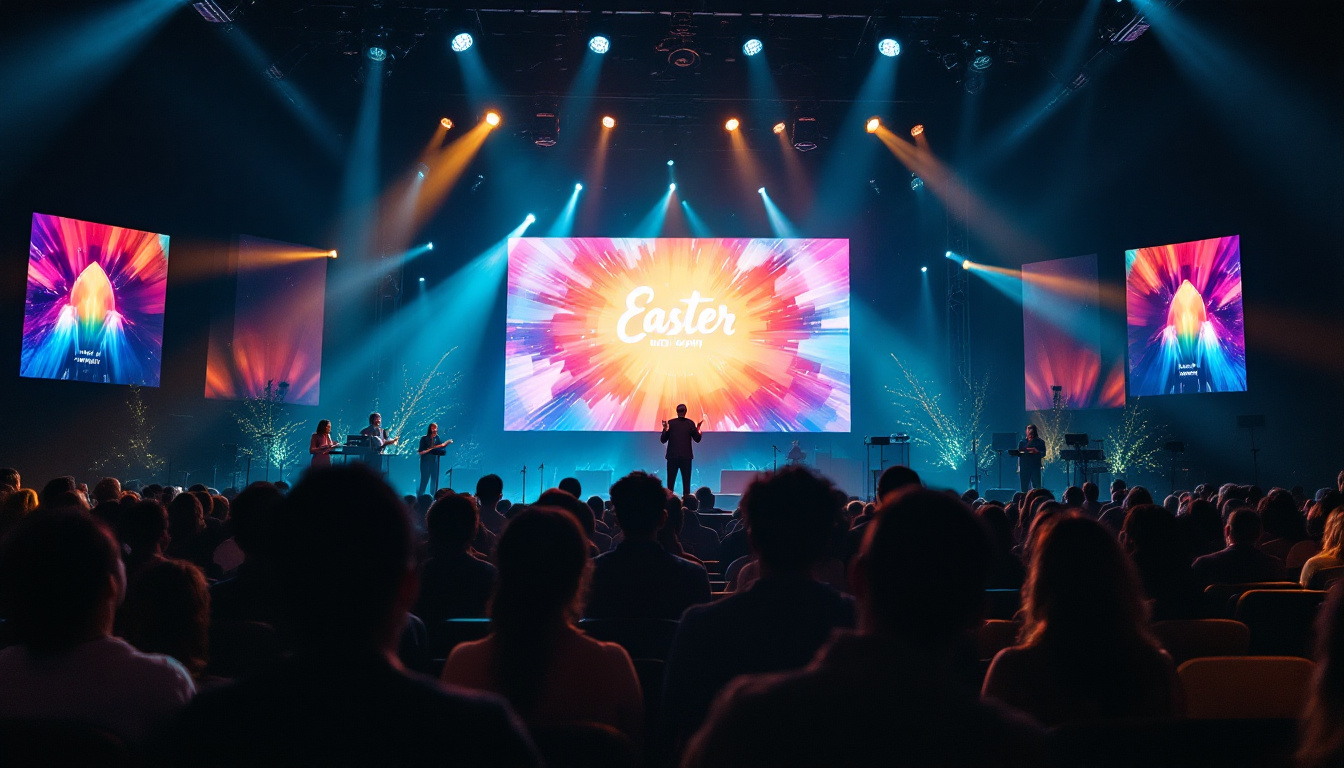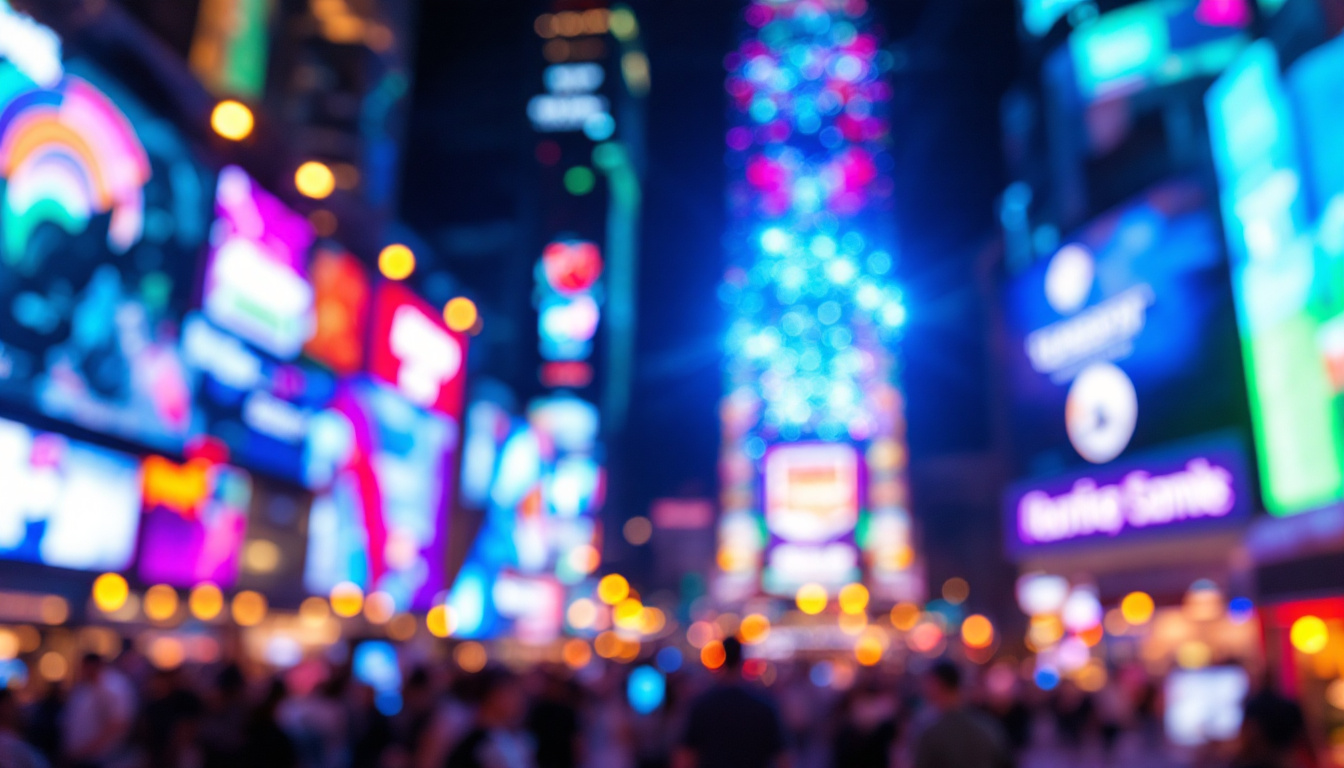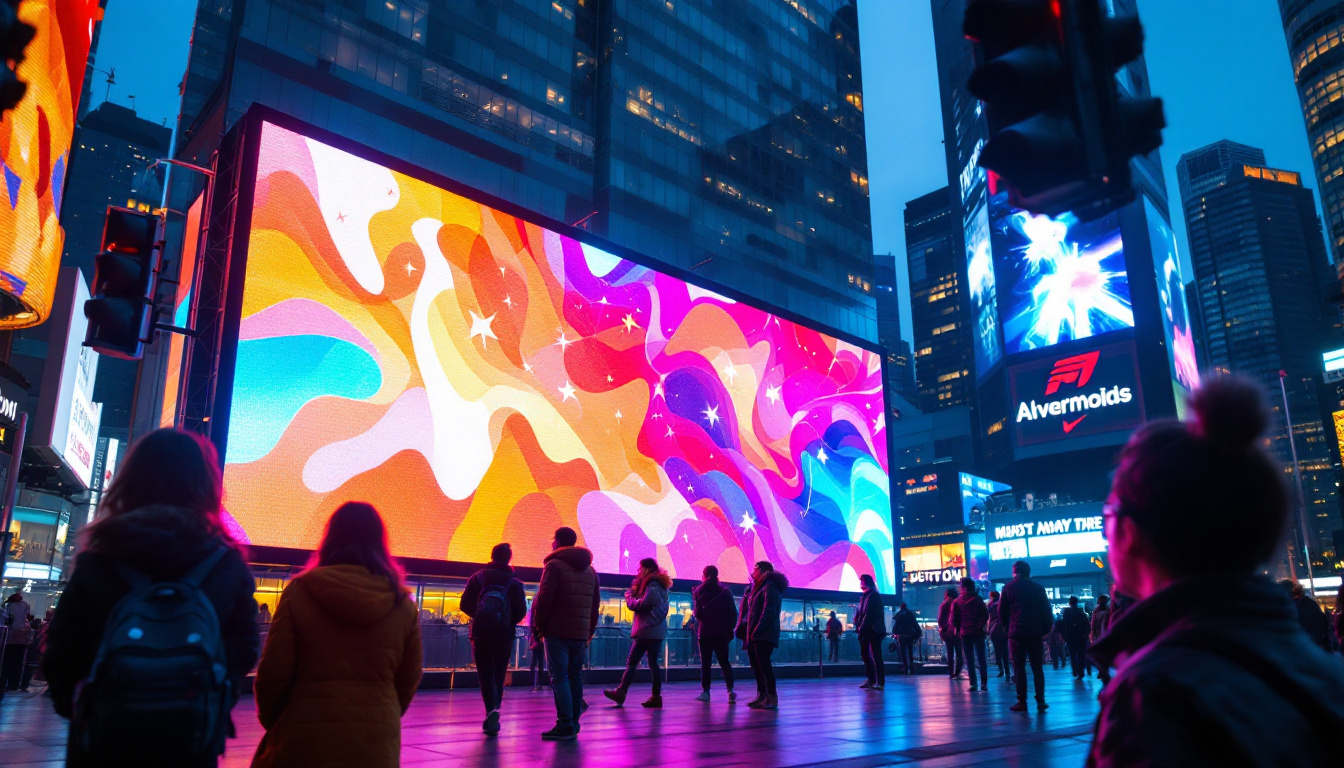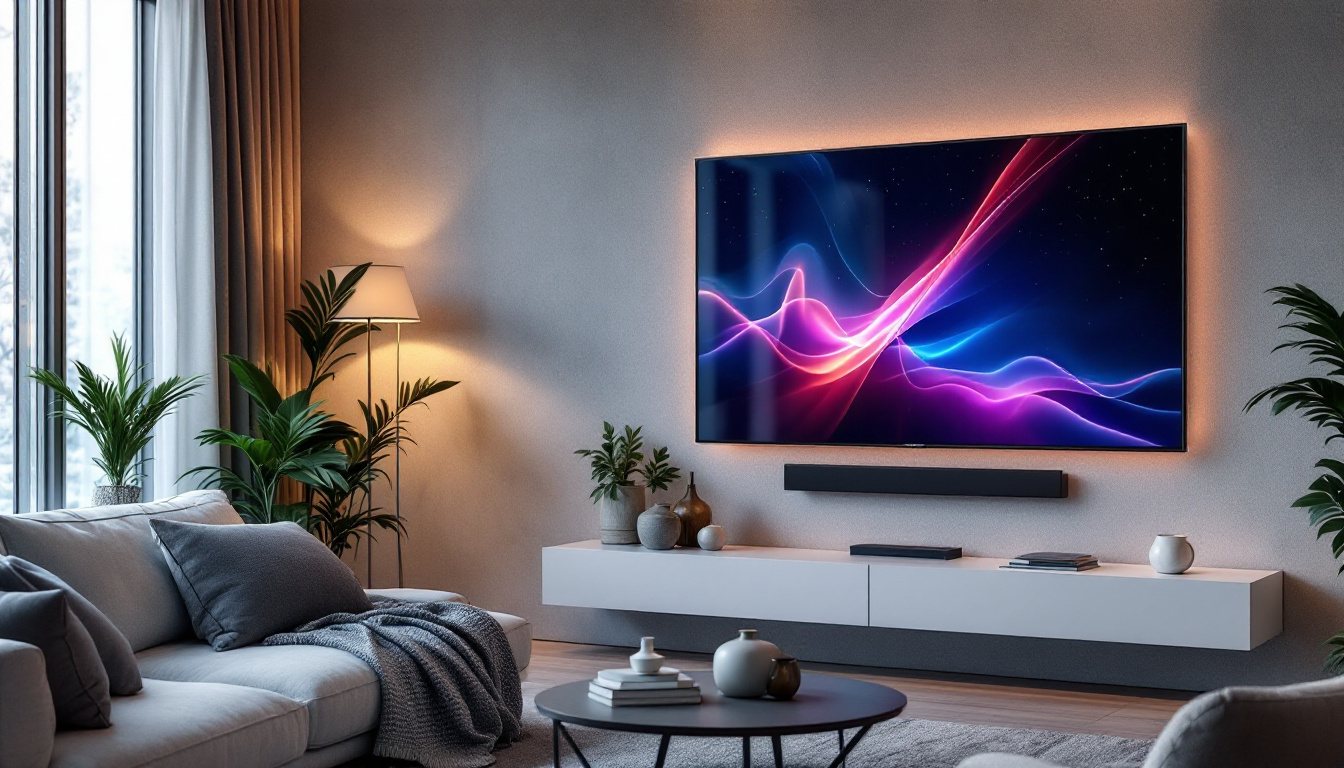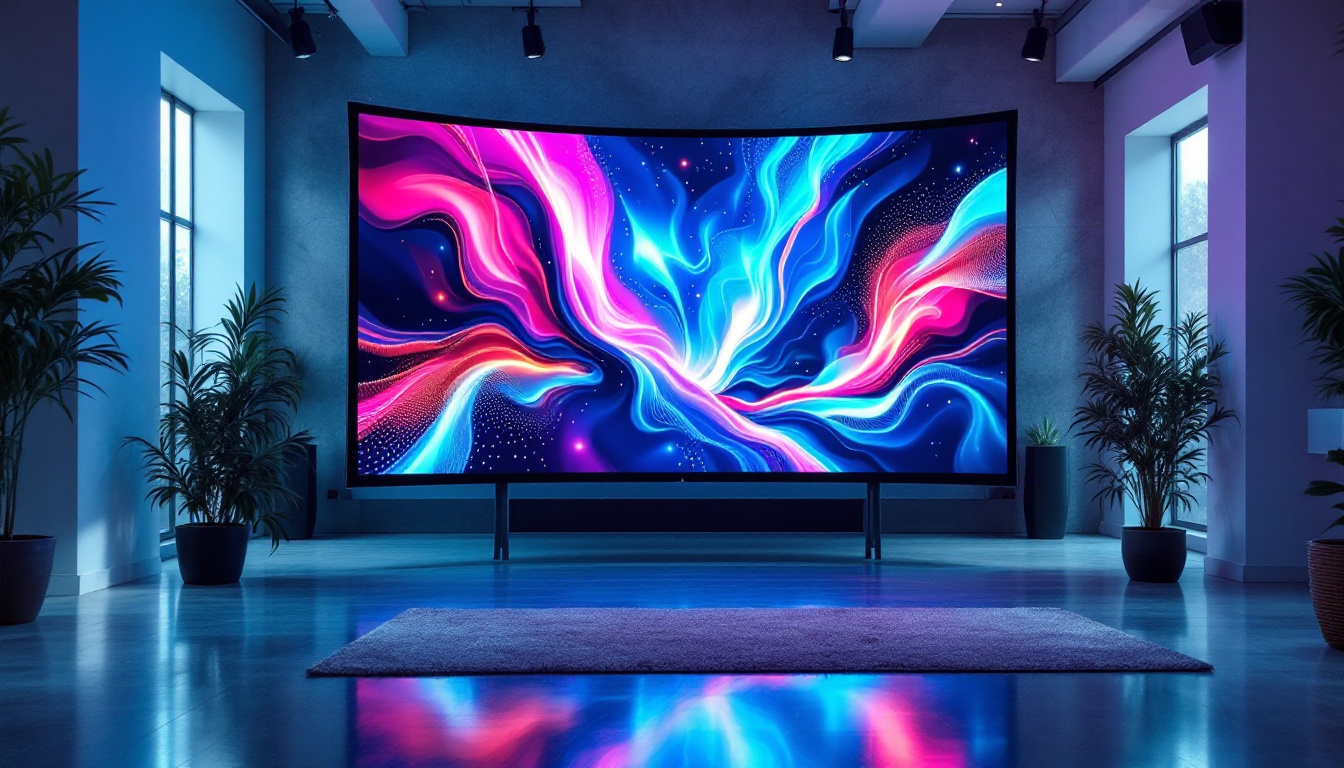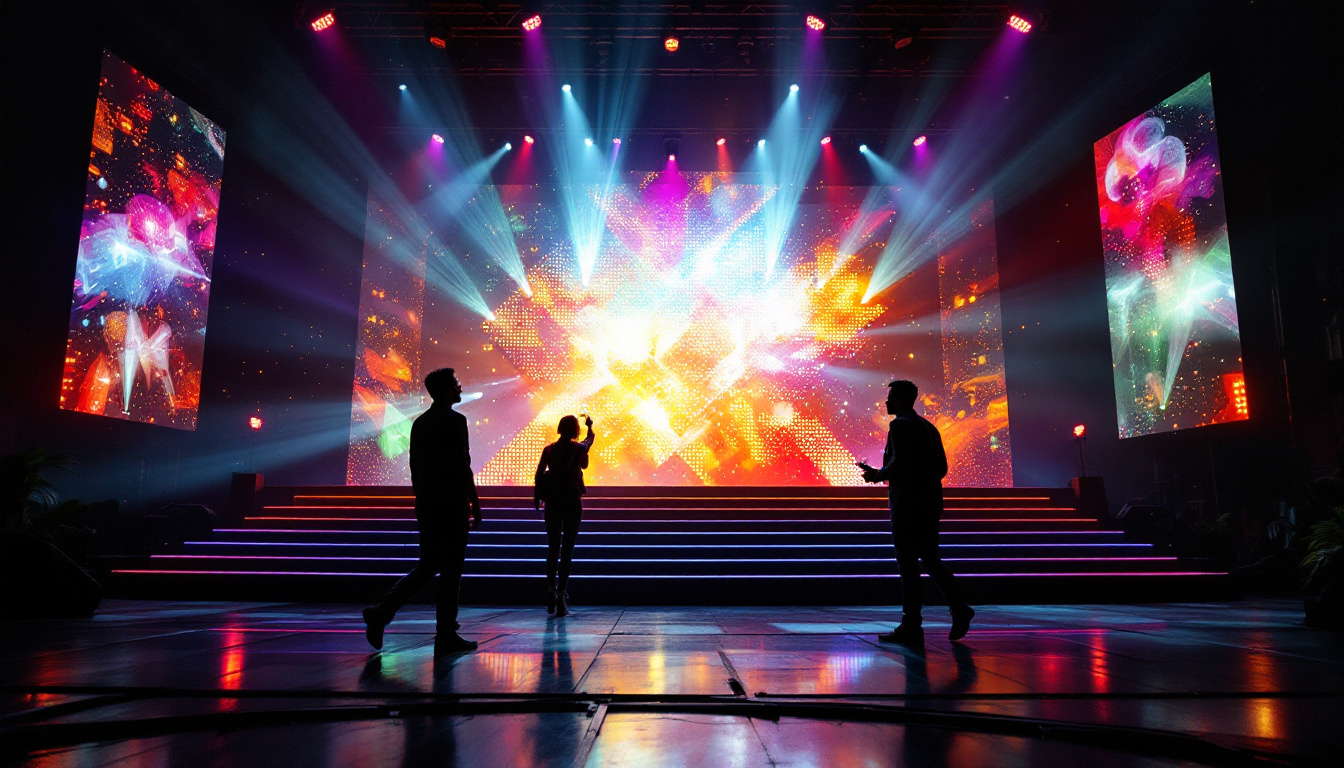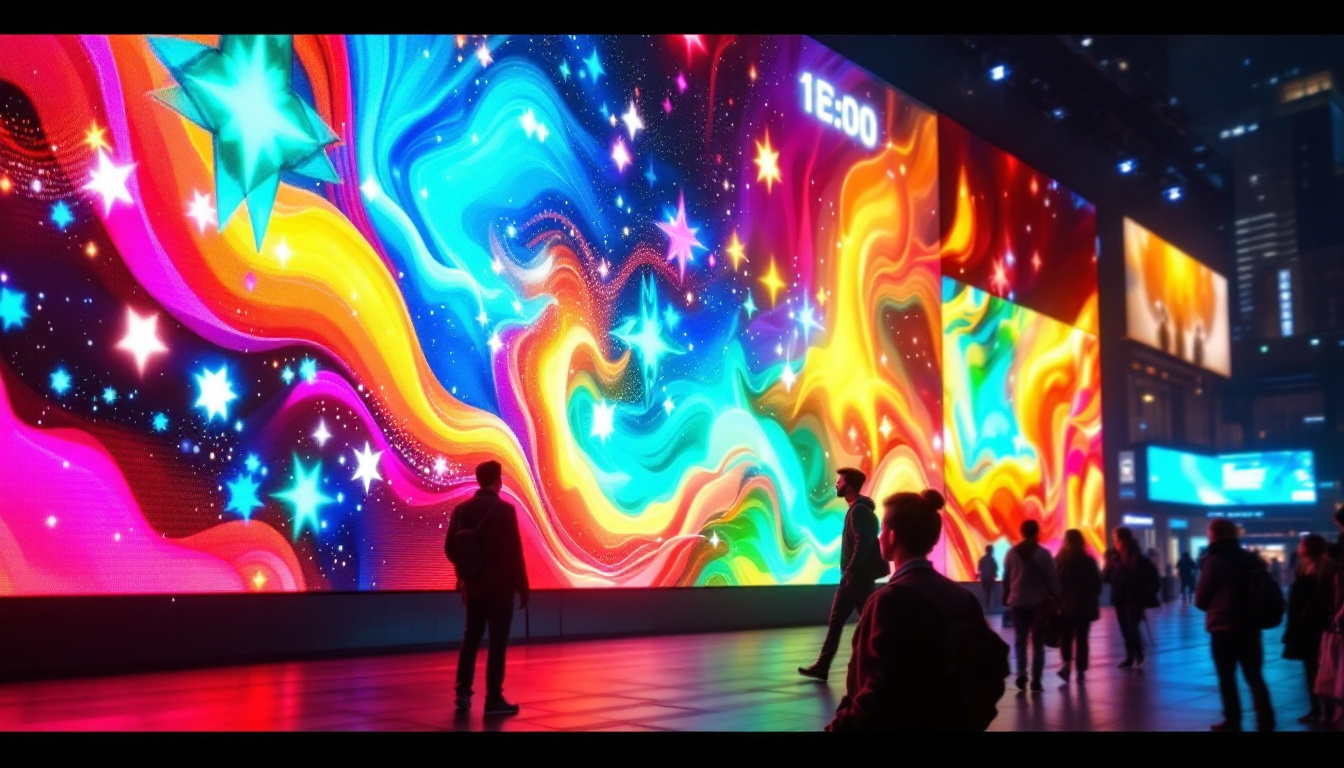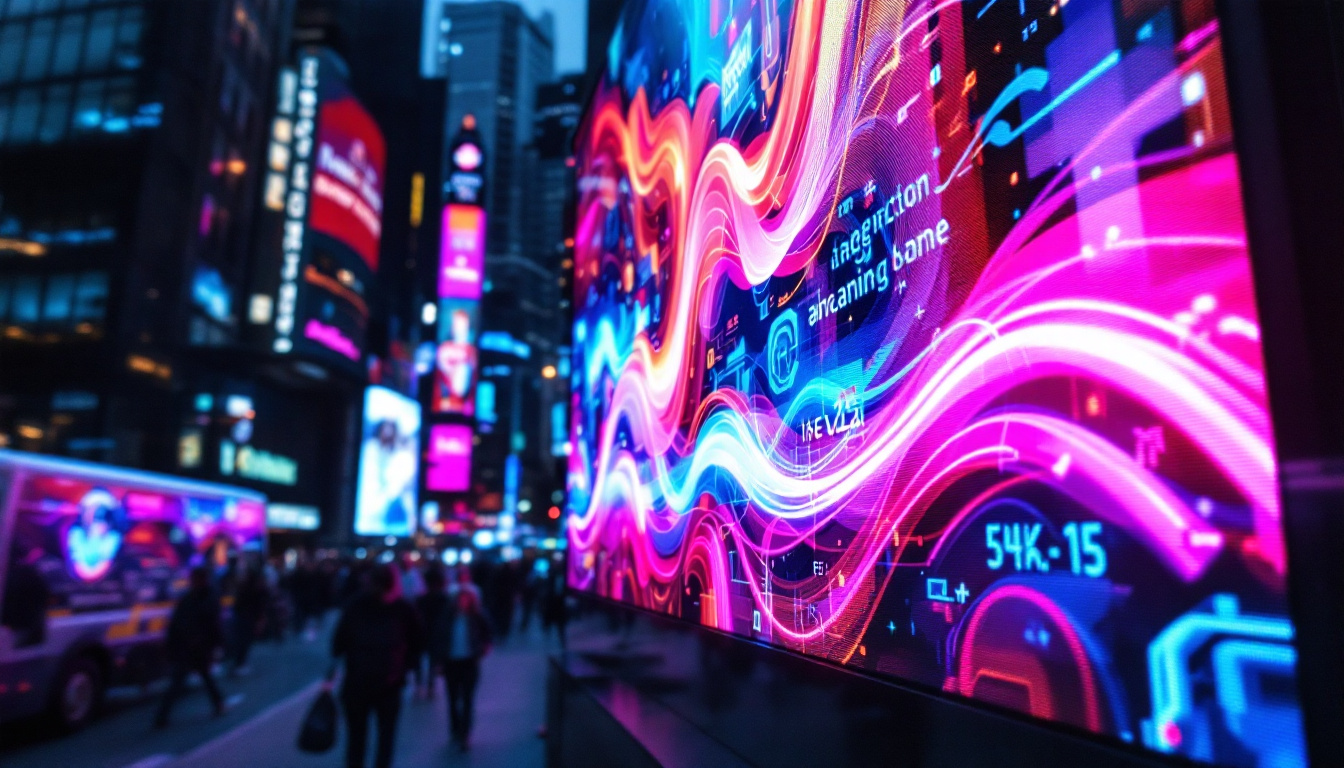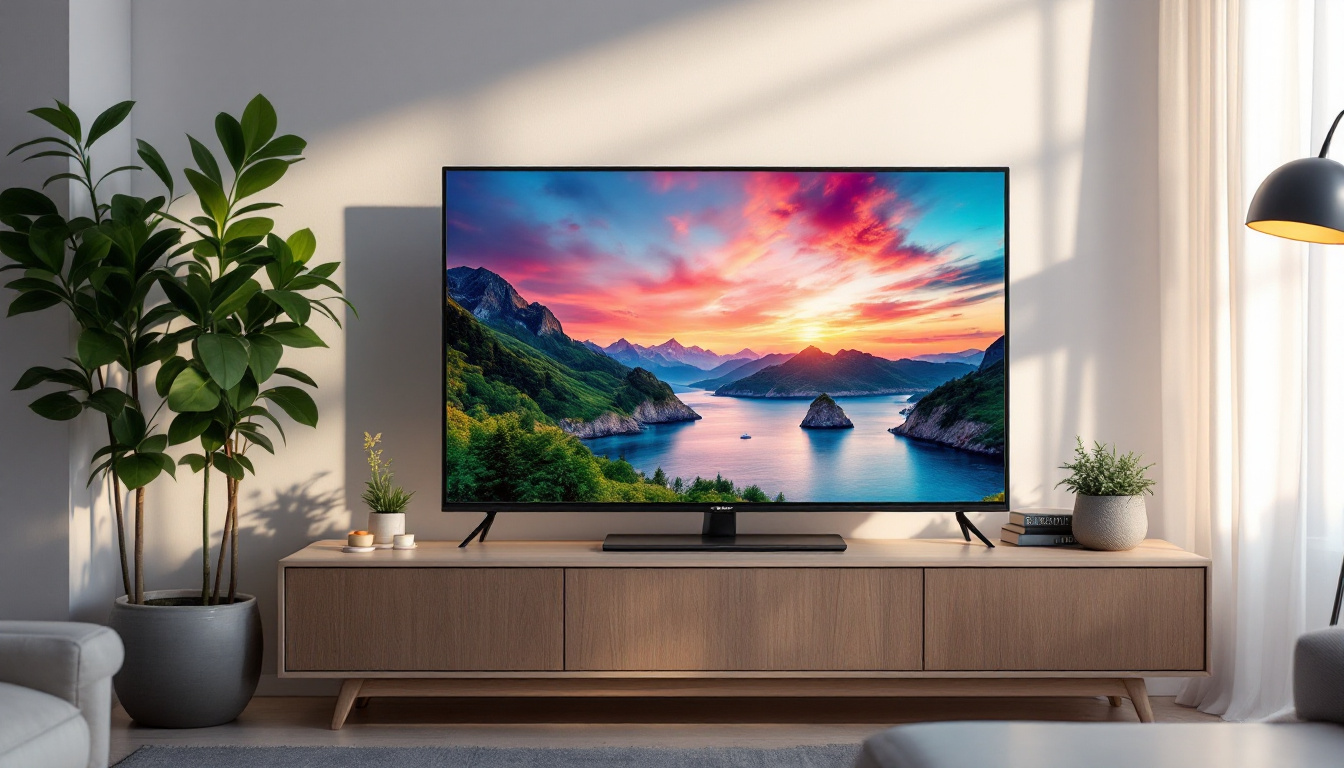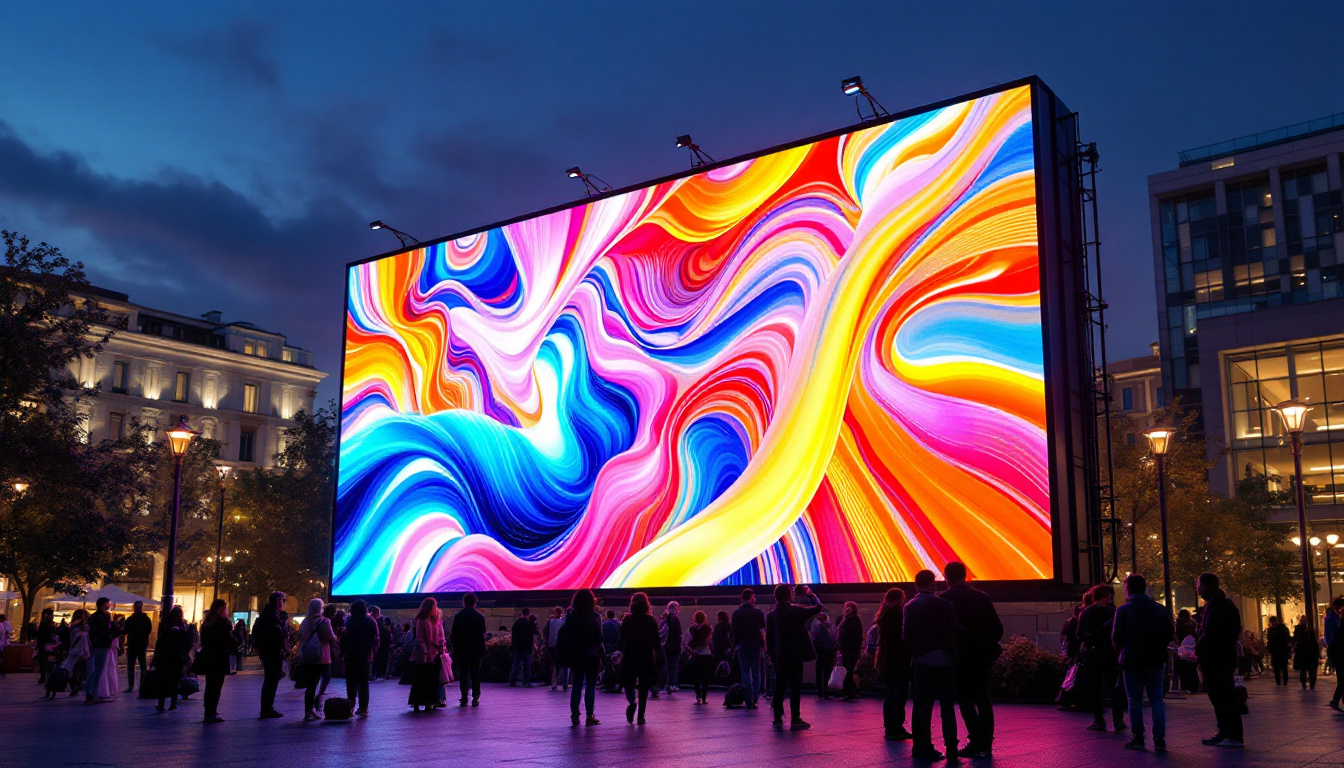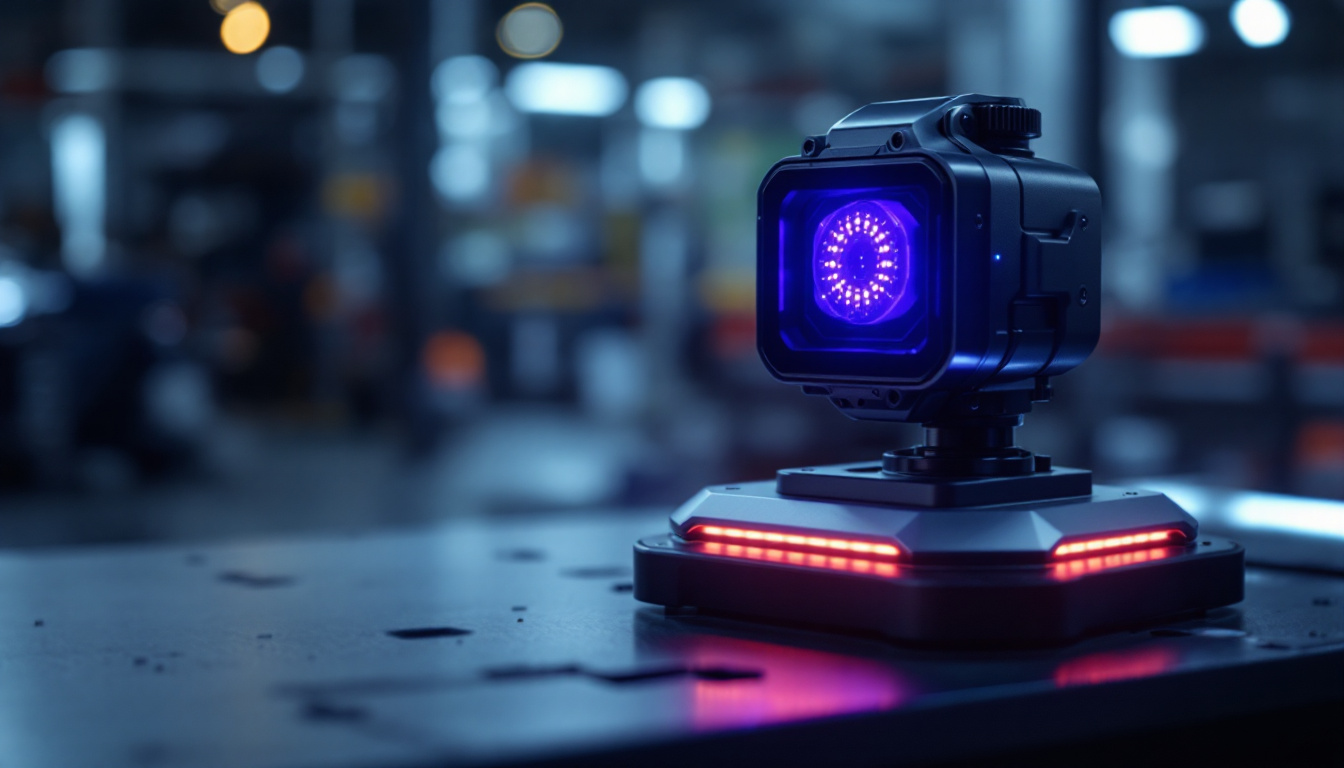The Contractor Board in Oregon plays a pivotal role in regulating and overseeing the construction industry within the state. One of the more innovative aspects of their outreach and communication strategy is the use of LED displays. This article delves into the significance of LED displays in the context of the Contractor Board, exploring their functionality, benefits, and broader implications for the construction industry in Oregon.
Understanding the Role of the Contractor Board
The Oregon Contractor Board (OCB) is responsible for licensing and regulating contractors to ensure that they adhere to state laws and regulations. This board aims to protect the public by ensuring that contractors are qualified and that they maintain high standards of workmanship. The board also handles complaints and disputes, providing a crucial service to both consumers and contractors.
Licensing and Regulation
Licensing is a fundamental function of the Contractor Board. Contractors must meet specific criteria, including passing exams and demonstrating experience in their trade. This process ensures that only qualified individuals can operate within the industry, ultimately safeguarding consumers from subpar work.
Regulation extends beyond licensing; the board also monitors ongoing compliance with state laws. This includes ensuring that contractors carry the necessary insurance and bonding, which protects clients in the event of accidents or incomplete work. The board’s oversight helps maintain a level playing field in the industry, fostering fair competition.
Consumer Protection
Consumer protection is at the heart of the Contractor Board’s mission. By regulating contractors and providing a platform for complaints, the board helps to resolve disputes between consumers and contractors. This not only helps individual cases but also serves to improve the overall quality of service in the industry.
Through educational programs and resources, the board empowers consumers to make informed decisions. This includes providing information on how to choose a contractor, understanding contracts, and recognizing red flags in construction projects. By equipping consumers with knowledge, the board enhances their ability to protect their interests.
The Emergence of LED Displays
In recent years, LED displays have emerged as a powerful tool for communication and information dissemination. The Contractor Board has adopted this technology to enhance its visibility and outreach efforts. LED displays serve multiple purposes, from advertising upcoming events to providing real-time information about contractor licensing and regulations.
What are LED Displays?
LED displays are electronic screens that use light-emitting diodes to present information visually. They can display text, images, and videos, making them versatile tools for communication. In the context of the Contractor Board, these displays can convey important messages to the public and industry stakeholders.
The technology behind LED displays allows for bright, eye-catching visuals that can be seen from a distance. This makes them particularly effective for outdoor advertising and information sharing, ensuring that messages reach a broad audience.
Benefits of Using LED Displays
One of the primary benefits of LED displays is their ability to convey information quickly and efficiently. Unlike traditional signage, which may require manual updates, LED displays can be programmed to change messages instantly. This flexibility is particularly useful for the Contractor Board, which may need to communicate urgent updates or changes in regulations.
Additionally, LED displays are energy-efficient and have a long lifespan, making them a cost-effective solution for ongoing communication needs. The initial investment in LED technology can be offset by the savings in maintenance and operational costs over time.
Applications of LED Displays by the Contractor Board
The Contractor Board in Oregon utilizes LED displays in various ways to enhance its outreach and communication strategies. These applications not only serve to inform but also engage the community and promote transparency within the construction industry.
Public Awareness Campaigns
Public awareness campaigns are a significant application of LED displays. The Contractor Board can use these screens to highlight important issues, such as safety regulations, licensing requirements, and consumer rights. By presenting this information in a visually appealing format, the board can capture the attention of passersby and encourage them to learn more.
For instance, during construction safety month, the board might display safety tips or statistics about construction site accidents. This proactive approach helps to foster a culture of safety within the industry and informs the public about best practices.
Event Promotion
LED displays are also effective for promoting events organized by the Contractor Board, such as workshops, seminars, and community outreach programs. By advertising these events in high-traffic areas, the board can increase attendance and engagement from both industry professionals and the general public.
Moreover, the ability to update event information in real-time allows the board to respond quickly to any changes, ensuring that the community is always informed. This adaptability is a significant advantage over traditional advertising methods.
Real-Time Information Sharing
Another critical application of LED displays is the sharing of real-time information. The Contractor Board can use these displays to provide updates on licensing statuses, upcoming deadlines, and changes in regulations. This ensures that contractors and consumers have access to the most current information, reducing confusion and promoting compliance.
For example, if there is a new regulation affecting contractor licensing, the board can quickly update the display to inform the public. This immediacy helps to maintain transparency and trust between the board and the community it serves.
The Impact of LED Displays on the Construction Industry
The integration of LED displays into the Contractor Board’s communication strategy has far-reaching implications for the construction industry in Oregon. By enhancing visibility and accessibility of information, these displays contribute to a more informed public and a more accountable industry.
Enhancing Transparency
Transparency is crucial in any regulated industry, and the construction sector is no exception. By using LED displays to communicate important information, the Contractor Board fosters a culture of openness. This transparency helps to build trust between the board, contractors, and consumers.
When consumers are informed about licensing requirements and safety regulations, they are better equipped to make decisions about their construction projects. This empowerment leads to higher standards of workmanship and accountability among contractors, ultimately benefiting the entire industry.
Encouraging Compliance
LED displays serve as a constant reminder for contractors to adhere to regulations and best practices. By keeping important information visible and accessible, the Contractor Board encourages compliance among industry professionals. This proactive approach helps to reduce violations and fosters a culture of responsibility within the construction sector.
Moreover, when contractors see that the board is actively communicating with the public, they may feel more compelled to maintain high standards in their work. This creates a positive feedback loop that benefits consumers and contractors alike.
Challenges and Considerations
While the benefits of LED displays are significant, there are also challenges and considerations that the Contractor Board must address. Understanding these challenges is crucial for optimizing the use of this technology in communication strategies.
Initial Investment and Maintenance
The initial investment in LED display technology can be substantial. The Contractor Board must weigh the costs against the potential benefits to determine if this is a worthwhile investment. Additionally, ongoing maintenance and updates are necessary to ensure that the displays function correctly and convey accurate information.
Budget constraints may limit the number of displays that can be deployed or the frequency of updates. Thus, careful planning and resource allocation are essential to maximize the effectiveness of this communication tool.
Content Management
Another challenge is managing the content displayed on LED screens. The Contractor Board must ensure that the information is current, relevant, and engaging. This requires a dedicated team to create and update content regularly, which can be resource-intensive.
Furthermore, the board must consider the diversity of its audience. Content should be accessible and understandable to a wide range of individuals, including contractors, consumers, and the general public. Striking the right balance between technical information and public-friendly messaging is crucial for effective communication.
The Future of LED Displays in the Contractor Board
The future of LED displays within the Contractor Board’s communication strategy looks promising. As technology continues to evolve, there are numerous opportunities for enhancing outreach and engagement with the community.
Integration with Digital Platforms
One potential development is the integration of LED displays with digital platforms. By connecting displays to social media feeds or the Contractor Board’s website, real-time updates can be shared seamlessly. This integration would allow for a more dynamic and interactive communication strategy, engaging audiences in new ways.
For example, the board could display live tweets or posts related to construction safety or upcoming events, encouraging community interaction and participation. This two-way communication fosters a sense of community and keeps the public engaged.
Expanding Reach
As LED technology becomes more affordable and accessible, the Contractor Board may expand its use of displays beyond urban areas. Rural communities could benefit from increased access to information, ensuring that all Oregonians are informed about contractor regulations and resources.
By strategically placing displays in high-traffic areas in rural regions, the board can enhance its outreach efforts and promote a more informed public, regardless of geographic location.
Conclusion
The use of LED displays by the Contractor Board in Oregon represents a significant advancement in communication strategies within the construction industry. By enhancing visibility, promoting transparency, and encouraging compliance, these displays contribute to a more informed and accountable construction sector.
As technology continues to evolve, the potential for LED displays to further engage and inform the community is vast. With careful planning and execution, the Contractor Board can leverage this technology to foster a culture of safety, responsibility, and excellence in the construction industry.
In a world where information is paramount, the Contractor Board’s commitment to utilizing innovative communication tools like LED displays exemplifies its dedication to serving the public and enhancing the quality of construction in Oregon.
Discover Cutting-Edge LED Display Solutions
As the construction industry in Oregon continues to embrace innovation, the importance of effective communication and information dissemination cannot be overstated. LumenMatrix, a leader in LED display technology, offers a range of advanced solutions that align perfectly with the needs highlighted by the Contractor Board. From Indoor and Outdoor LED Wall Displays to specialized options like Vehicle and Sports LED Displays, LumenMatrix is at the forefront of creating visual experiences that captivate and inform. Embrace the future of visual communication and enhance your brand’s visibility with LumenMatrix’s state-of-the-art LED display modules. Check out LumenMatrix LED Display Solutions and take the first step towards transforming your message into an impactful visual statement.

